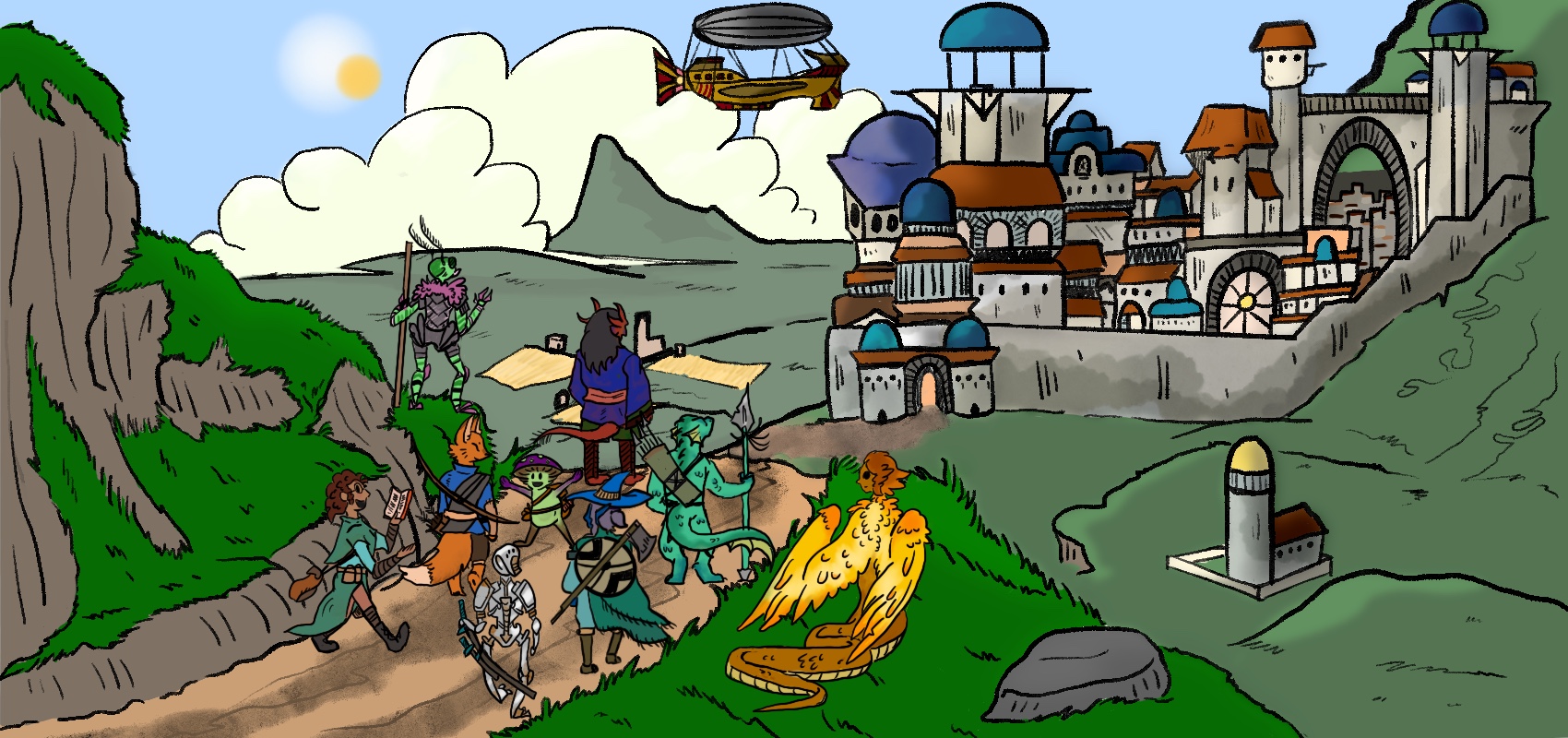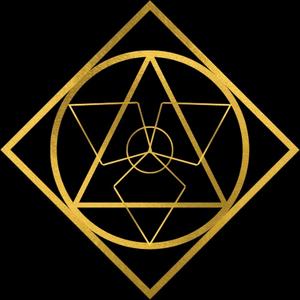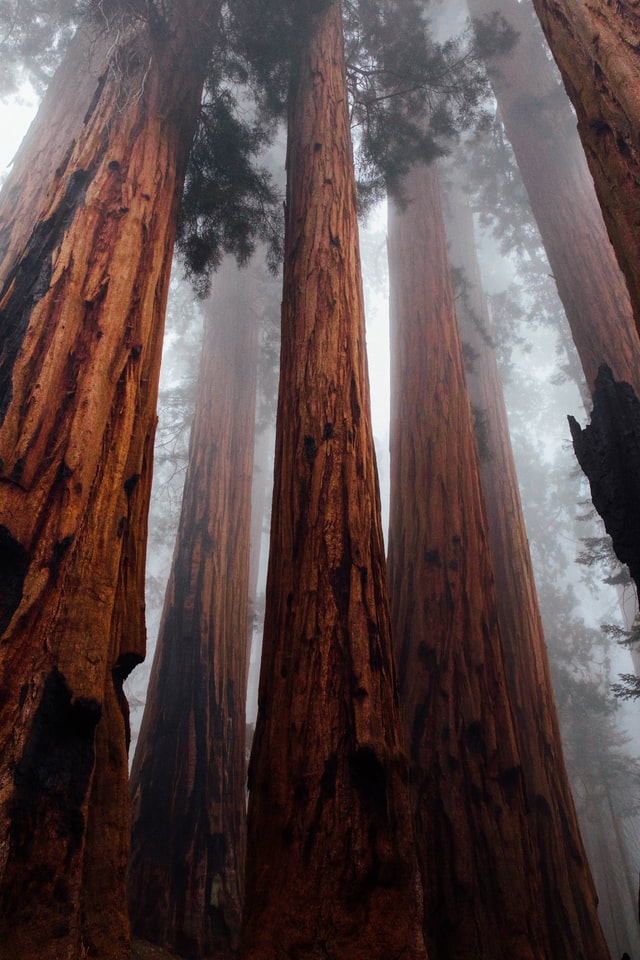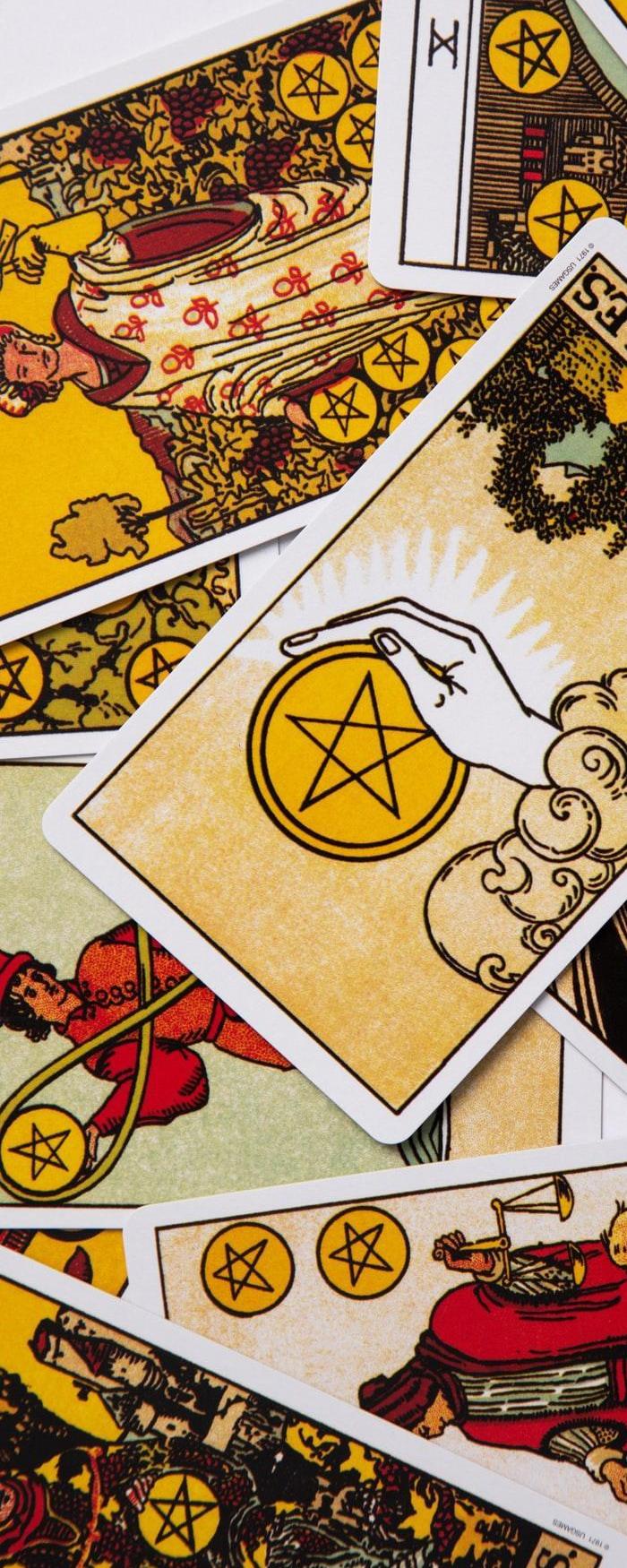Primordial Geometries
All that exists is fundamentally the same. It’s components are undifferentiated and non-particulate substance known as Materia.
Tarans are known for their devotion to sciences, the study of the world around them as a means of enabling their inventive abilities.
All that exists is made up of materia, named after the centralmost plane, Ars Materia. Materia is a non-particulate substance which can be divided into three modalities and four aspects.
Tarans are known for their devotion to sciences, the study of the world around them as a means of enabling their inventive abilities.
All that exists is made up of materia, named after the centralmost plane, Ars Materia. Materia is a non-particulate substance which can be divided into three modalities and four aspects.
Modalities
Here meaning modal forms, the three modalities are as follows: mana, ahamkar, and orenda. Each of these forms represents a mode in which materia expresses itself: mana gives, ahamkar takes, and orenda simply is.Orenda
Orenda is the most useful of the modalities as it expresses a baseline of behavior. A substance’s orenda will tell us how a substance is under most circumstances. A great amount of orenda also creates a space in which something can exist. It is present in a body, in the elements. What is is orenda—the being of a thing.Mana
Mana gives, yes, but alone or outside a substance, will seek to perpetuate that substance, or to affect it in a way that it gives of itself. When bound to a substance, it causes the substance to give something off or away, which is usually beneficial. In Alchemy, mana is referred to as the substance of generosity, when really, it is one of excess.Ahamkar
Ahamkar is often looked down upon as a modality for it causes the most noticeable ill effects when it interacts with different substances. However, when the ahamkar imposes, it causes a substance to need outside forces to sustain itself, or to be reduced to a different state. In brief, ahamkar imposes change, and is as responsible for the existence of salt as it is aging.Aspects
The four elemental aspects are water, air, fire, and earth; these are in order of the purest elemental form to the least stable form.
Water, as the purest elemental force, is mutable and is able to combine with and change to other elemental forces. Air is a less pure form of water, as is characterized by its reactivity to other forces, including temperature. Fire derives from air, and is excitable, imparting its energy unto other forces while also needing to consume to sustain itself. Earth is the waste of fire and is unstable, often crumbling and combining into different earth substances to reach a more stable state. This forms a hierarchy of elemental progression throughout time. From here, the modalities express different modes of each elemental aspect.
Moreover, elemental aspects are affected by the modalities, as seen in the adjacent table. Orenda shows the baseline for how an element will behave—it gives us what to expect on a general level. Mana shows something the elements now gives off or gives away. And ahamkar is usually what the element can take away or force upon others. This is useful when we begin to combine aspects and modalities, as shown below.
Water, as the purest elemental force, is mutable and is able to combine with and change to other elemental forces. Air is a less pure form of water, as is characterized by its reactivity to other forces, including temperature. Fire derives from air, and is excitable, imparting its energy unto other forces while also needing to consume to sustain itself. Earth is the waste of fire and is unstable, often crumbling and combining into different earth substances to reach a more stable state. This forms a hierarchy of elemental progression throughout time. From here, the modalities express different modes of each elemental aspect.
Moreover, elemental aspects are affected by the modalities, as seen in the adjacent table. Orenda shows the baseline for how an element will behave—it gives us what to expect on a general level. Mana shows something the elements now gives off or gives away. And ahamkar is usually what the element can take away or force upon others. This is useful when we begin to combine aspects and modalities, as shown below.
| Aspect | Modality | Characteristics |
|---|---|---|
| Fire | Mana | color, smell, |
| Fire | Orenda | heat, light, ascending, flammability |
| Fire | Ahamkar | unidirectional, consumption |
| Earth | Mana | strength, fertile, metallic, taste |
| Earth | Orenda | solidity, weight, density, form |
| Earth | Ahamkar | dry, gravity, sharp |
| Water | Mana | memory, elasticity, sight |
| Water | Orenda | liquidity, fluidity, descending, reflective |
| Water | Ahamkar | corrosive, acidity/alkalinity, |
| Air | Mana | sound, flexibility, invisible |
| Air | Orenda | dynamic, gaseous, compressible, mobile, pierce, |
| Air | Ahamkar | cold, absorption, opaque, |
Combining Modalities and Aspects
When looking at the world around you, notice its primary aspect: the solid earths, the white hot light from fires, the flowing waters, and the unseen airs. These make up what you perceive but disguise what is less outwardly visible. A Taran, for example, is primarily earth, with trace ahamkar fire, moderate mana water, and mild air--both orenda and mana. We are not a perfect balance of three, but the three live in trinity, within us. Let us now divine this weed's materia.
These three modalities and four aspects are ways the inhabitants of Ars Materia explain the world around them. These also forms everything around them, but in different amounts. Alchemists measure the modalities and aspects in order to determine the amount of each modality and aspect in any given thing. Using this model, object and things are often broken down into a primary aspect with other lesser aspects and modalities present.For modalities, they are High (H), Middling (M), or Low (L) ; these are often measured qualitatively by expressed and perceived characteristics. On the other hand, aspects are measured quantitatively; the measurements are Trace, Scruple, Liber, Tole: a trace is very little, less than a gram (t) ; scruple is nearly equivalent to a gram (s) ; liber measures hundreds of a scruple (L), and Tole thousand of a scruple (T). This breakdown of materia composition helps determine the form of a thing--its materia substratum--the essence of the thing it is. The balance that makes up a thing and connects it to all else is the broad and overarching primordial geometry.
For example, mercury’s primary element is orenda water, with amounts of ahamkar fire, mana earth, and ahamkar air. On the other hand, silver is orenda and mana earth, with some mana water, ahamkar air, with very little mana fire.
For example, mercury’s primary element is orenda water, with amounts of ahamkar fire, mana earth, and ahamkar air. On the other hand, silver is orenda and mana earth, with some mana water, ahamkar air, with very little mana fire.
Orenda of Mana and Ahamkar
Orenda is special in that great amounts of it creates space for life; as is, orenda as a modality seeks only to be—to exist—but not to give or to take. With no push and pull, life does not exist. As orenda mets mana and ahamkar, however, these created the first building blocks of life.Orenda and Mana
Orenda and mana created the Frithlings, generally imperceptible beings that dwell within all life and give them a soul. All that lives is thought to have a soul, as noted in Theory of the Soul. However, what makes the sapient races special is their void. Once mana has become a frithling with orenda, any remaining ahamkar is unable to bind to the orenda. This creates an emptiness in the soul which we desire to fill. As we fill it with experience, with choices we must learn to live with, with what we learn to love, our void disappears. But there are times when our void yawns and pushes out our soul.Orenda and Ahamkar
Orenda and ahamkar create corruption, a thing that is a living void of humanity. It is visible in the stress of our duties—what we would do at any cost, our drives that keep us up at night, our obsessions, and more. In a way, corruption exists as a way for us to express these things at all—it gives us our ambition. But in excess, it fuels and feeds on our egos—who we think we are, and what we think we deserve; at it’s worst, corruption devours a person, transforming them into a reflection of their most base and selfish cravings. What’s worse is that corruption, can also gain sentience; these are Charagma and are perhaps the most terrifying creatures of all the realms.There have been debates as per the overall good it would do to the people of Ars Materia to rid themselves of their potential ahamkar, their corruption; this has been met with everything from criticism to outrage to fear, but it is possible. A few secluded monks have managed to cultivate not only the culture to help facilitate the ahamkar’s eradication, those this phenomenon seems to only happen to a select few—those most devoted and mindful of their efforts.
Magic and Laws of Materia
Reality is what you make of it. What you Intend is what you will receive.
Magic is a nearly scientific effort in the way it meticulously employs the Theory of Sympathy and Alchemy. Controlling the modalities is no easy feat, and performing the rights to cause sympathetic magics to occur is an effort of a lifetime. Were it not for the voids inherent in the sapient races of ars materia, magic would be impossible to perform. But it is because everything is connected, because at our base we are all fundamentally made up of materia, that makes magic seem as natural as it is.
Knowing this, then, and the power of our intentions, materia has been keenly studied through various arcane fields to test its limits. A few limitations have been noted:
In fact, as one person seeks something with great desire, they send out their intent to make that desire come true—whether this is a conscious effort or not. This causes a resonance within the modalities and aspects and there is a potential of this desire manifesting into reality. Now, often intents mix within the collective unconscious of a people and cancel each other out. But not always. When one powerful intent remains unchallenged and sustained as a desire, or when the will of the person is particularly strong, the reality will manifest. This is the surest sign of a budding mage, whose intent is often particularly powerful.
Knowing this, then, and the power of our intentions, materia has been keenly studied through various arcane fields to test its limits. A few limitations have been noted:
- All materia is interconnected; it exists in everything, everywhere and breaches the gaps of space—not time. This allows for extraplanar phenomenon to be instantaneously summoned and sustained through the resonance caused by magic user’s and their intent with their spells as channeled through the model of the Theory of Sympathy.
- materia “coagulates” in areas of powerful and old magic. These areas are called Ley Lines and are often considered to be where the gods touched the land; they pulse and “circulate” materia across not only the world, but the planes.
- Mortal life can generate the focus and draw out magic, sustaining said power due to our connection to materia. When the focus is disrupted, the magic with no sustainable focus will seizure--it will cause an energy to behave sporadically, usually to the harm of the original caster. In Alchemy, this is called a seizure.
- Magic is only as powerful as the will of the caster against all others. This is often why mages will employ other forms of casting along with their intent. For this reason, materia will often balance on its own, canceling out intent from one source to another. It is usually this way that budding mages are found, as they learn to manipulate mana to their whims, causing strange effects, often unintended, all around them.
In fact, as one person seeks something with great desire, they send out their intent to make that desire come true—whether this is a conscious effort or not. This causes a resonance within the modalities and aspects and there is a potential of this desire manifesting into reality. Now, often intents mix within the collective unconscious of a people and cancel each other out. But not always. When one powerful intent remains unchallenged and sustained as a desire, or when the will of the person is particularly strong, the reality will manifest. This is the surest sign of a budding mage, whose intent is often particularly powerful.






It is a good take! It gave almost the impression of something culturally from the far east (not that I know very much of it), it is fascinating. Well done!